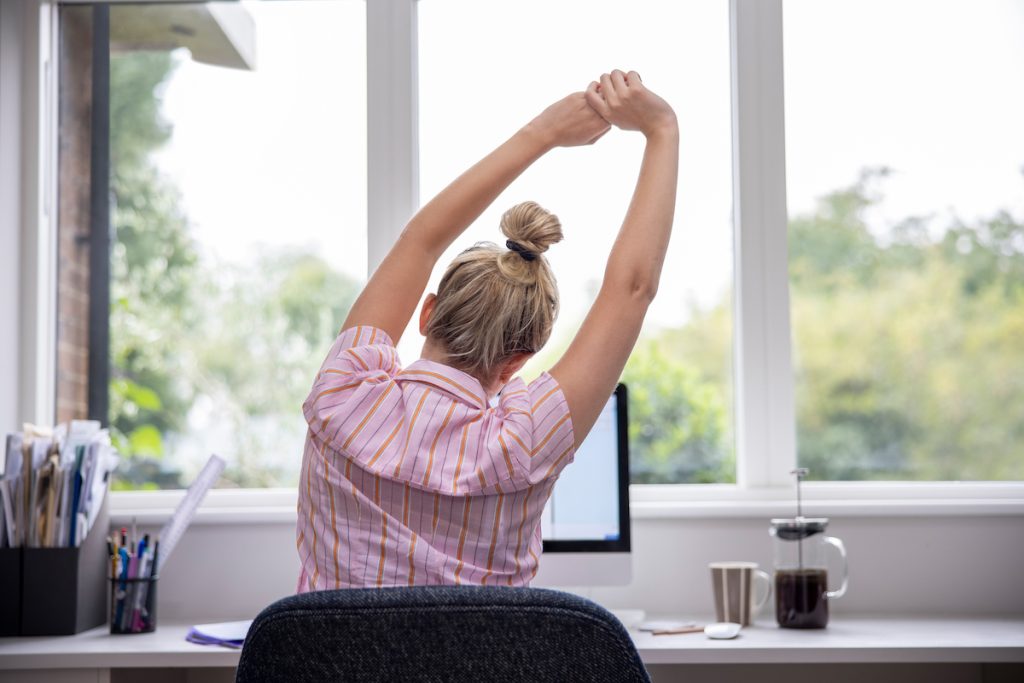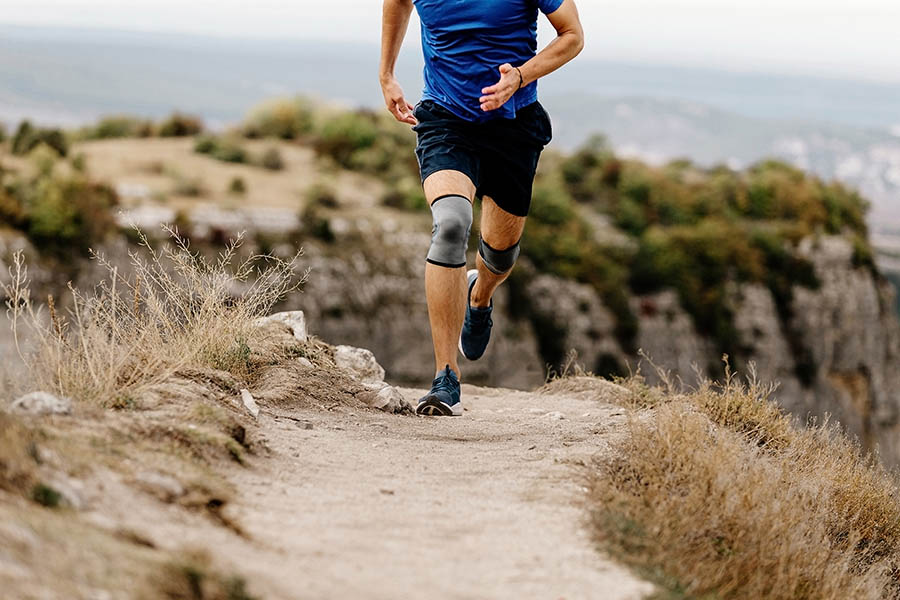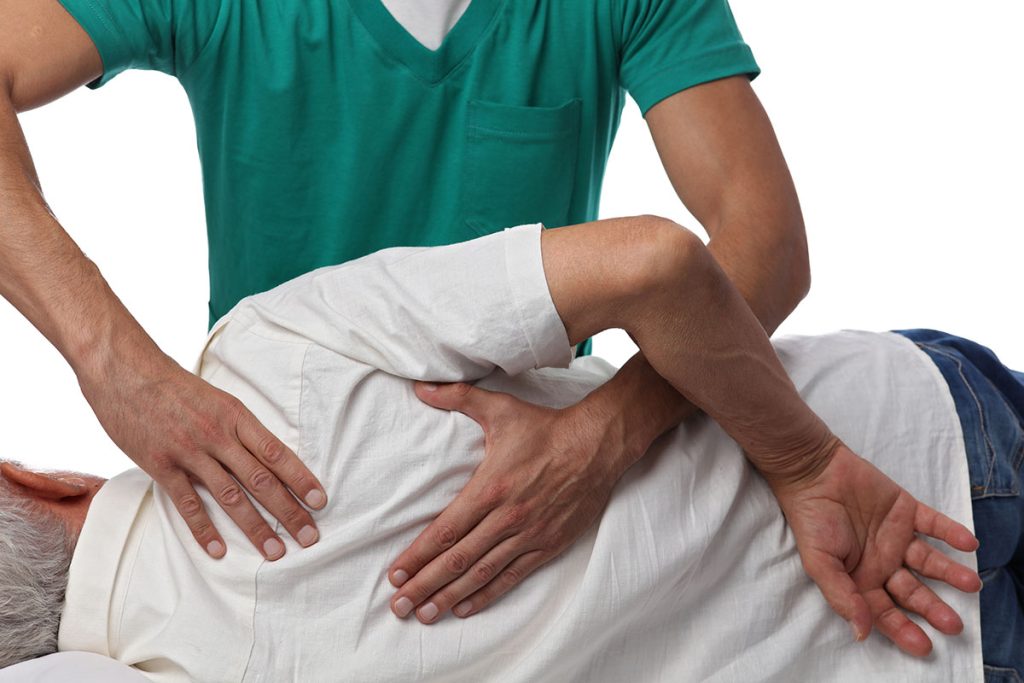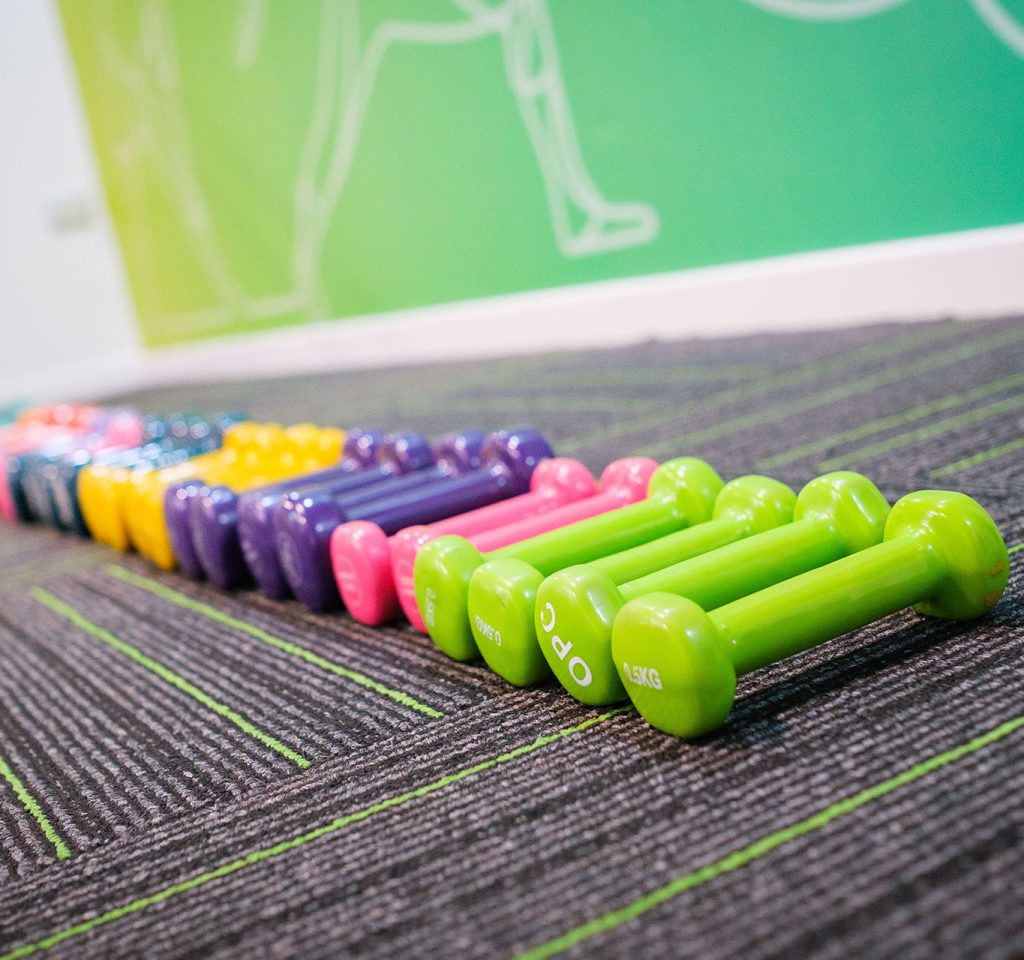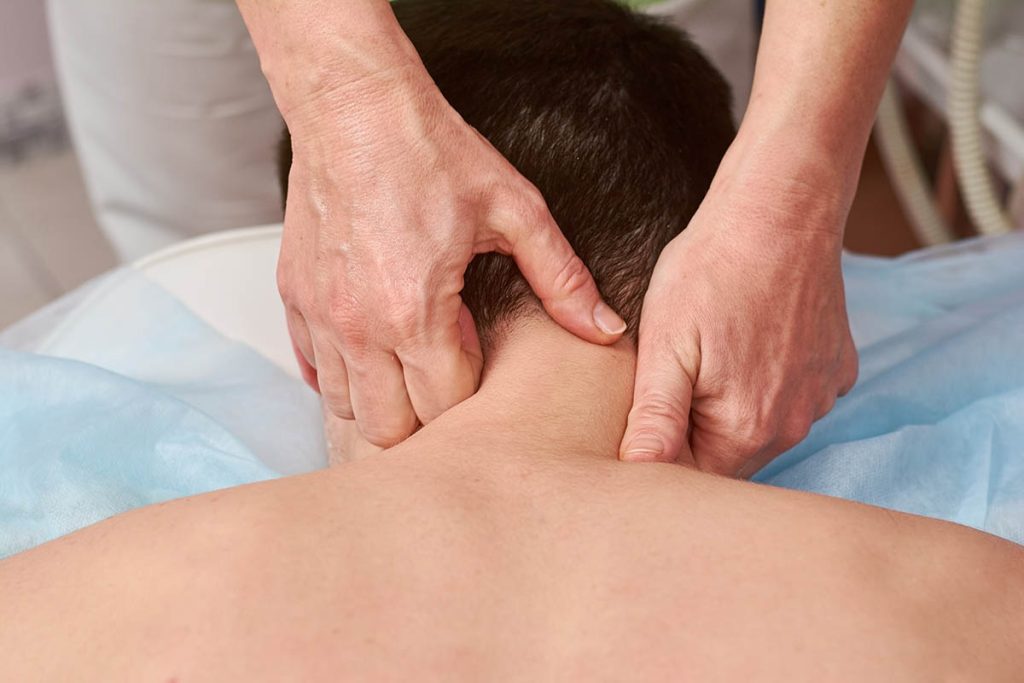Heel pain – it’s common and frustrating. And, chances are you or someone you know has experienced it.
Heel pain is often typified by a stabbing pain in the heel of your foot, which can be worse when you first wake up in the morning, after exercise or after sitting for a while. But what can you do to fix it? In this blog, we’ll take a look at what’s causing heel pain and five techniques you can use to help ease the pain.
So what causes heel pain?

If you’re experiencing heel pain, the most common cause is plantar fasciitis – an inflammation or strain of the plantar fascia. The plantar fascia is a thick band of tissue that runs like a cord from the bottom of the foot to the toes. In other words, it’s the tissue that connects the heel bone to the toes. This muscle plays an important function in many aspects of foot movement, including weight-bearing activities and stabilisation of the foot. Straining of the plantar fascia can be caused by:
- Improper footwear
- Sudden spikes in load
- Compressive stress
- Incorrect foot movement during weight-bearing
- Prolonged standing
- High BMI
- Repetitive loading to the plantar fascia (e.g. running)
While it can get better on its own, there are simple steps you can take to lessen the pain of plantar fasciitis.
5 techniques to ease chronic heel pain

1. Rest and stretch
Overuse of the foot and the plantar fascia could be the cause of your heel pain. In this case, rest is crucial to recovery. Pairing rest with light calf stretching can help reduce your plantar fascia pain. It is very important to note that while rest is most often the best way to ease the pain initially, fixing the cause of the heel pain requires the right professional advice.
2. Wearing the correct footwear
It may seem like a minor detail, but incorrect footwear can lead to a multitude of physical strains and stressors. Wearing proper footwear during recovery from heel pain is a must! Aim to wear shoes with natural arch support, so they are not stressing your already injured plantar fascia.
3. De-load the foot using tape
De-loading the plantar fascia using a combination of taping and footwear modifications such as orthotics could be beneficial in the short term. These actions will help to support the plantar fascia and keep your foot in the correct position.
4. Ice your foot
Using an ice pack or a frozen water bottle, ice the bottom of your foot. The frozen water bottle can also provide a light massage to the bottom of your foot, helping to lessen the strain on the plantar fascia.
5. Consult your podiatrist
Focusing on the feet, ankles and legs, podiatry is key to the recovery of long-term heel pain. At BodyViva, our podiatrists will work with you to rejuvenate your movement and heal your pain.
Are you suffering from nagging heel pain? A consultation with a professional at BodyViva will allow us to diagnose precisely what is causing you discomfort and treat the problem. Book an appointment today.


